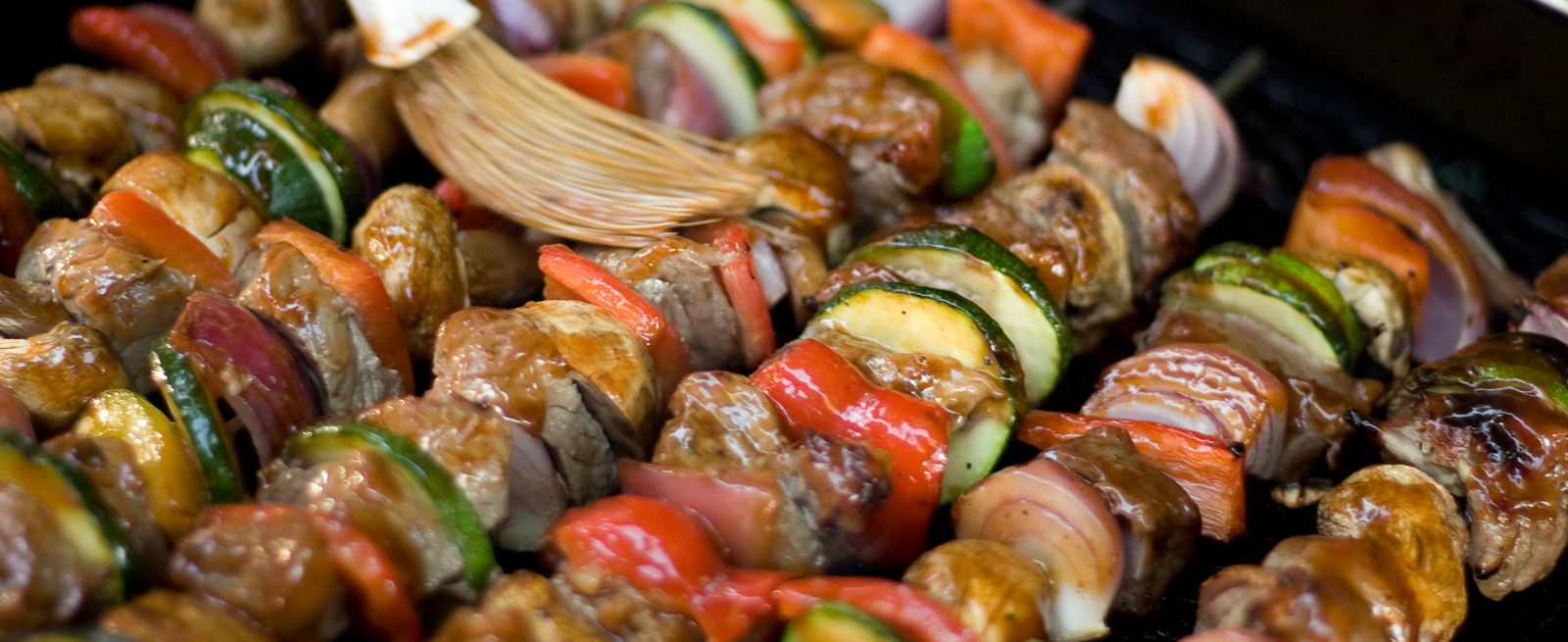Don’t Be ‘Had at Hello:’ How to Price Catering to Be Profitable
3 Min Read By Sandy Korem
You have such an advantage over the chains when it comes to off-site catering. Why? It’s simple. As an independent restaurant owner, you do not have to follow what the corporate office dictates. You can go beyond the “same old same old” and make decisions based on what your customers want.
Take advantage of this and make your catering rock, but do it so that you can be profitable.
I have owned a catering company for more than 20 years, and I have made the mistake of catering events with large gross sales dollars but low-to-no net profits. I had to learn the hard way that profits start with the pricing of the menu. If the menu is priced wrong, you lose money before you deposit the event-booking fee in the bank.
Pricing a menu profitably starts with taking the wholesale cost of the food for the menu and multiplying by three times or more. Many caterers stop at that step. All of the rest of the “costs” for the event such as labor, guest utensils and plates, ice, etc., they absorb in the multiple that they have made on the wholesale cost of the food.
This is wrong!
Here’s another big error restaurateurs make. A happy restaurant client approaches you after they have just eaten your signature beef kabobs. They ask how much would it cost to have you cater a party for 100 friends at their home and serve those fabulous beef kabobs. You are flattered and hand them your restaurant menu. You tell them it would cost the same as the price on your menu. When you hand them your menu, you lose any and all profits for that event. In other words, you were “had at hello!”
Let’s take that home party for 100 and learn how to make money, not lose it. Let’s assume that the price of the beef kabobs on your restaurant menu is $18.
Event Stats:
- 100 guests
- Poolside, casual setting
- Stations for serving
- Quality plasticware
- Start time: 7 p.m.
- End time: 10:30 p.m.
- Client providing alcohol
- Caterer providing soft drinks, tea, water
- Caterer providing two food tables with cloths, bar and bar back table with cloths
Costing Facts:
- Soft drinks, tea, water charged at $2.25 per person (pp) = $225
- Plasticware at $2.95 pp (2 plates, 3 cups, 3 napkins, 2 forks pp needed for the entire event)
- Staff: $765
- Two kitchen staff at $20/hour from 5 – 11:30 p.m. = $390
- Twohours for staff to pick up and bring back food = $60 paid to staff. Charge client $85
- One bartender from 5:30 – 11:30 p.m. = $180
- Ice delivered for $75. Charge client $90. (If you bag your own, charge at least the same as the local ice company.)
- Table, bar and cloths rentals = $251 from rental company. (If you provide them, charge at least $200.)
Total so far is $1,626 and you haven’t charged a penny for food. If you charge the client only $1,800 ($18 x 100 guests) for the entire event because the beef kabobs are $18 per person on your menu, then you are definitely going to lose money on this event. In fact, you are paying themto have a party in their own backyard.
It’s very easy to explain these costs to your client. Just list them as line items on a summary, and they understand the costs easily. The biggest pushback might be for the plastic plates, cups, forks and napkins. They might ask why those items are not included in the food costs. If the client asks that question, my answer is, “Oh, sorry, I wanted to make this easy for you by providing those items. I would be more than happy to take them off the proposal for you. Just have two plates, three cups, napkins, two forks per person available for us when we arrive so we can set them out for your guests.”
Ninety-nine percent of the time the client will then understand that you are providing a service to them and will totally let you bring the “guestware” and charge them for it.
Simply stated, food that leaves your restaurant for a catered event costs more than when served in your restaurant because of all the added costs and travel. You must charge for these items to be profitable.


